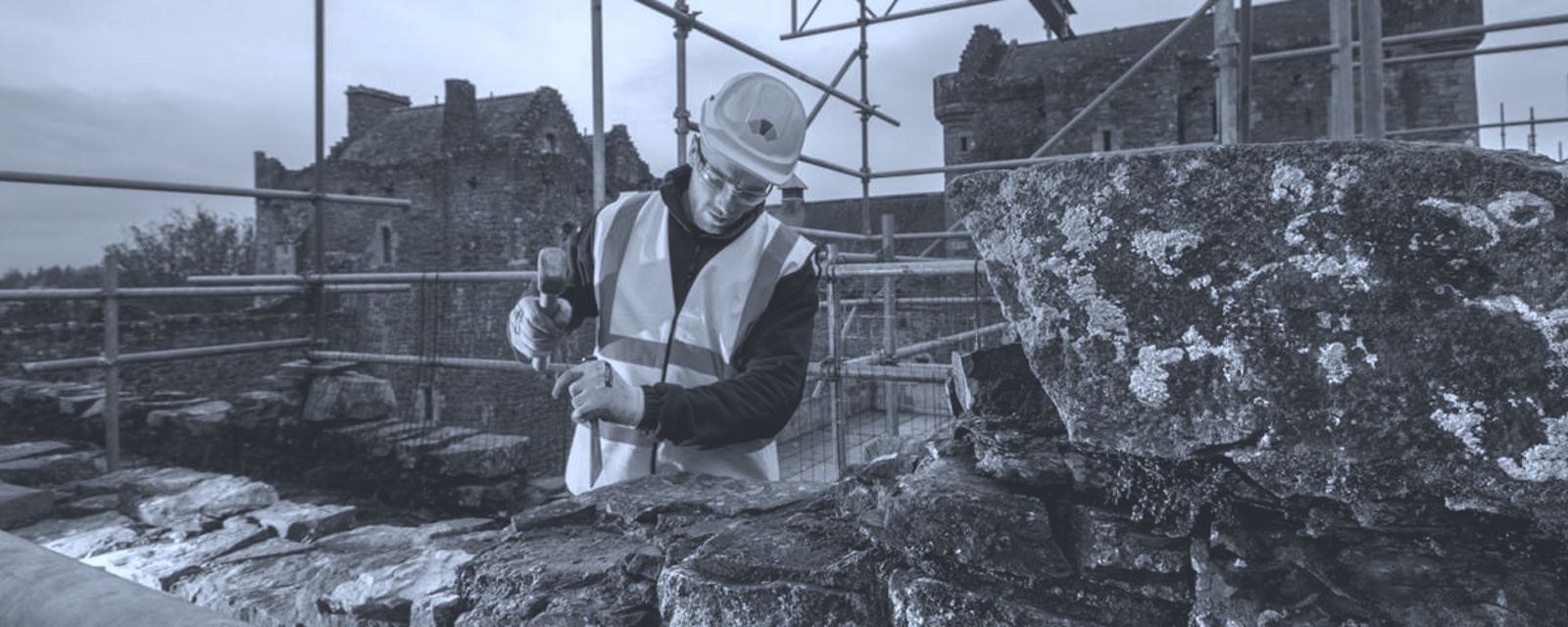Over the last few years I have been working with a group of peers to offer remote non-exec style consulting in research, strategy, and service design, to leaders who find themselves in a particular type of bind. Our service allows them to get the information they need to move forward where they might otherwise be constrained by procurement, policy, or budget.
One such engagement happened at Historic Environment Scotland where leadership was delivering on a ministerial commitment to deliver a programme of process and technology renewal that would allow the agency to deliver on its statutory commitments while scaling in response to technology challenges. The plan was described as:
A plan for the continued management, conservation and maintenance of over 600 buildings and monuments in Scotland
The Challenge
A key part of delivering on that commitment included the development of the Properties in Care Asset Management System (PiCAMS), which was designed to provide a single live digital system to link, manage and access data from sites provided by a wide variety of surveys and tools governed by a number of new, or updated policies and processes.
The digital leader coordinating that work found herself in a situation where things were moving increasingly fast, but she didn’t feel she had enough information to feel comfortable her decisions where the best option.
What I did
I was retained directly by her as a consultant and spend a short amount of time working with this leader and her teams to assess the situation.
Our work together focussed on some of her key issues:
- Designs for the information architecture, and the front end of the new information management toolset where being produced by her developers. This was not an ideal situation, but pragmatically, she had needed to show progress, and this is what was possible
- Integration of certain specific technical features into the front-end experience were presenting challenges. It was not clear to her that for all the dev effort involved, these features were necessary, or providing measurable value to end users
- While this leader was both trained and experienced in agile delivery, she wanted a second opinion regarding her plan and the definition of her team’s outputs
The outcomes
Working onsite in a very transparent and collaborative manner I was able to quickly learn about the people and systems at a high level. This was just enough information so that when paired with my extensive experience of public-sector service delivery I was able to form useful recommendations for my customer.
With her product vision and delivery strategy validated, my client was able to write the required business cases and confidently plan her next move.
Her ultimate service delivery was a happy one, with the collaboration and knowledge management tool a great success for HES.
Can I help you solve a similar problem? dug@goodlookslikethis.com
